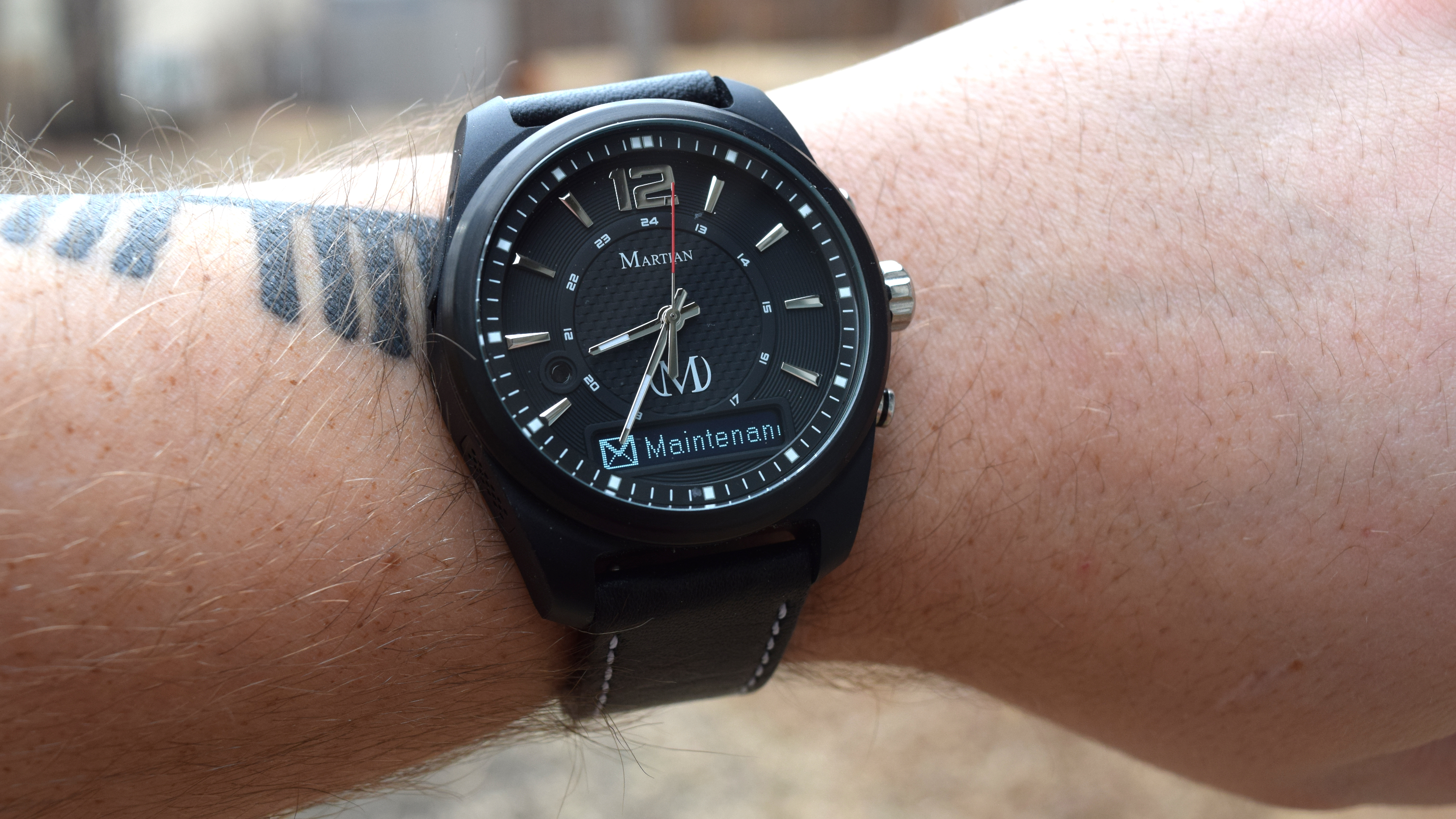latest

The Samsung Galaxy S24 Ultra is the first phone to sport Gorilla Armor
This is Corning’s strongest Gorilla Glass yet
Samsung makes some of the best Android phones there are, and it upped the game recently with the new Galaxy S24 series. Although the latest generation is visually indistinguishable from the last generation, several small things have changed, particularly on the S24 Ultra. It has new materials, uniform bezels on all four sides of its display, a flat screen, and the Gorilla Glass Victus 2 is replaced by Gorilla Armor for protection.
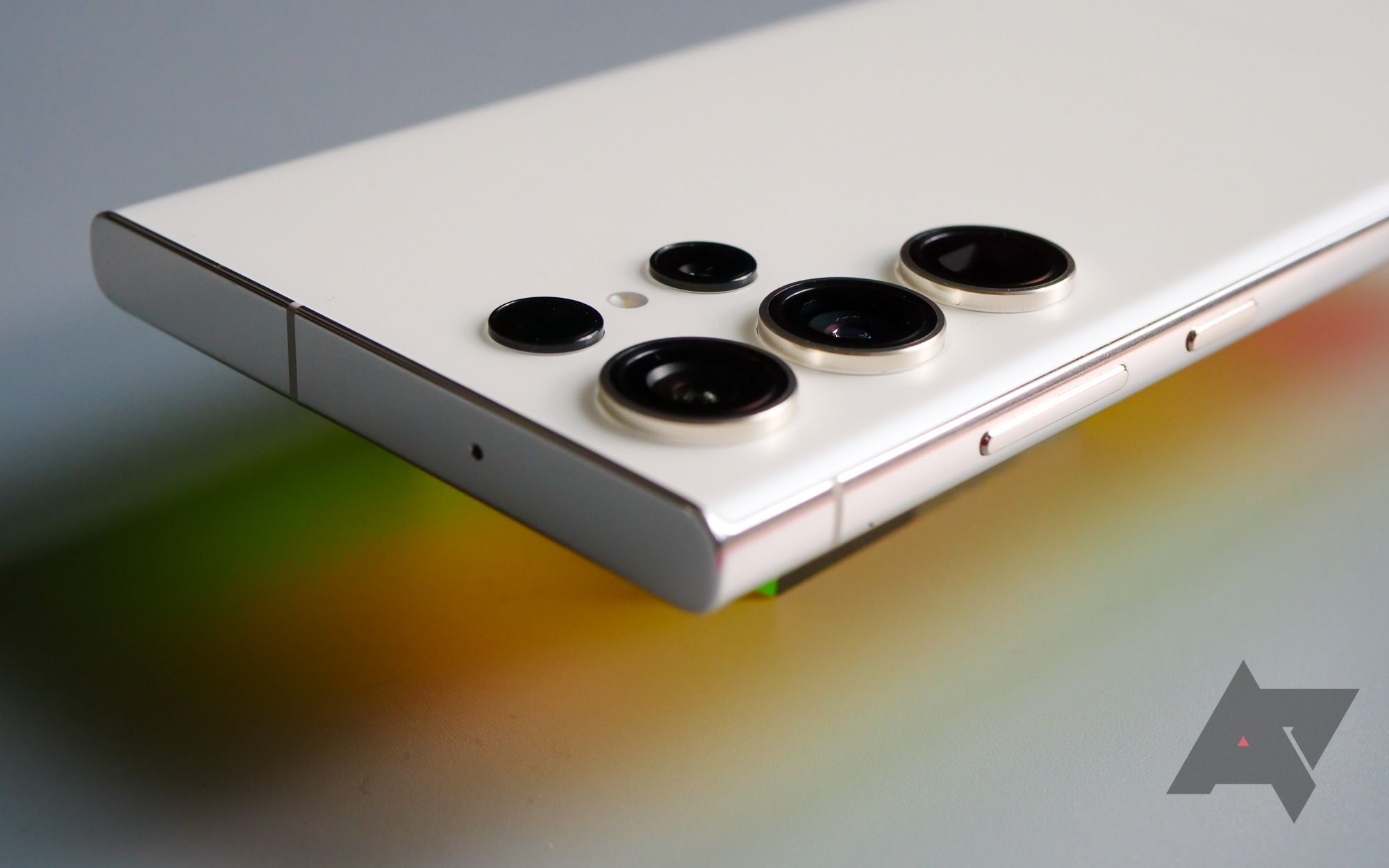
Who among us doesn't love a good drop test? It's destruction for the sake of "science," albeit a highly inexact one that does not reflect the way our own phones might be damaged when they hit the deck — probably why we don't cover them often around here as much as we do a JerryRigEverything video. But maybe we can learn just a little bit about how Samsung's Galaxy S23 series might hold up against other devices with a standardized drop test and that's what we're getting today in a new video.
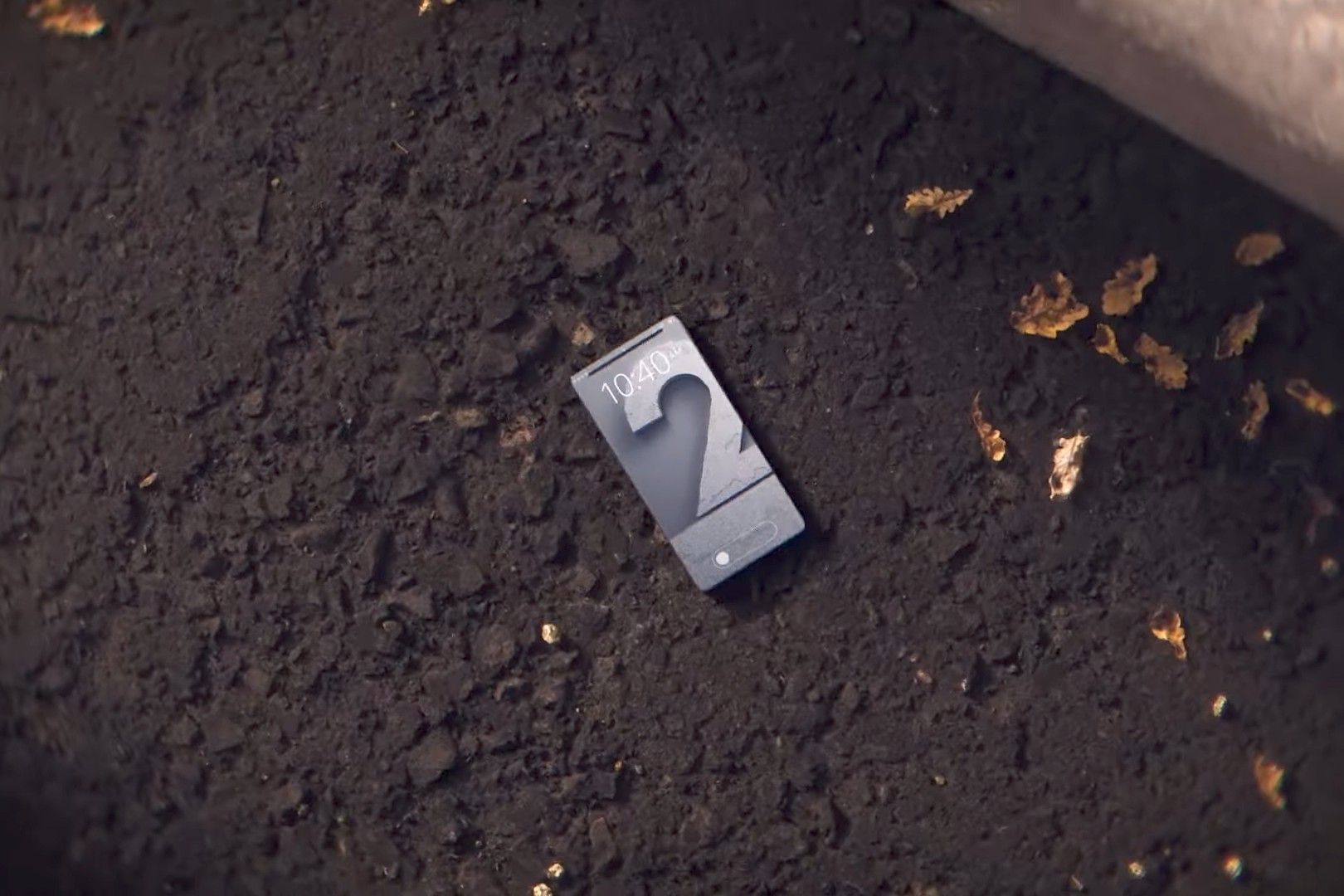
Corning sets a new high bar for durability with Gorilla Glass Victus 2
Have any 80-grit sandpaper lying around?
Gorilla Glass producer Corning is going public with a successor to its Victus product from 2020. As smartphone displays have grown bigger and smartphones themselves have gotten heavier, the company says it's worked to address consumers' added need for durability with the all-new Gorilla Glass Victus 2.
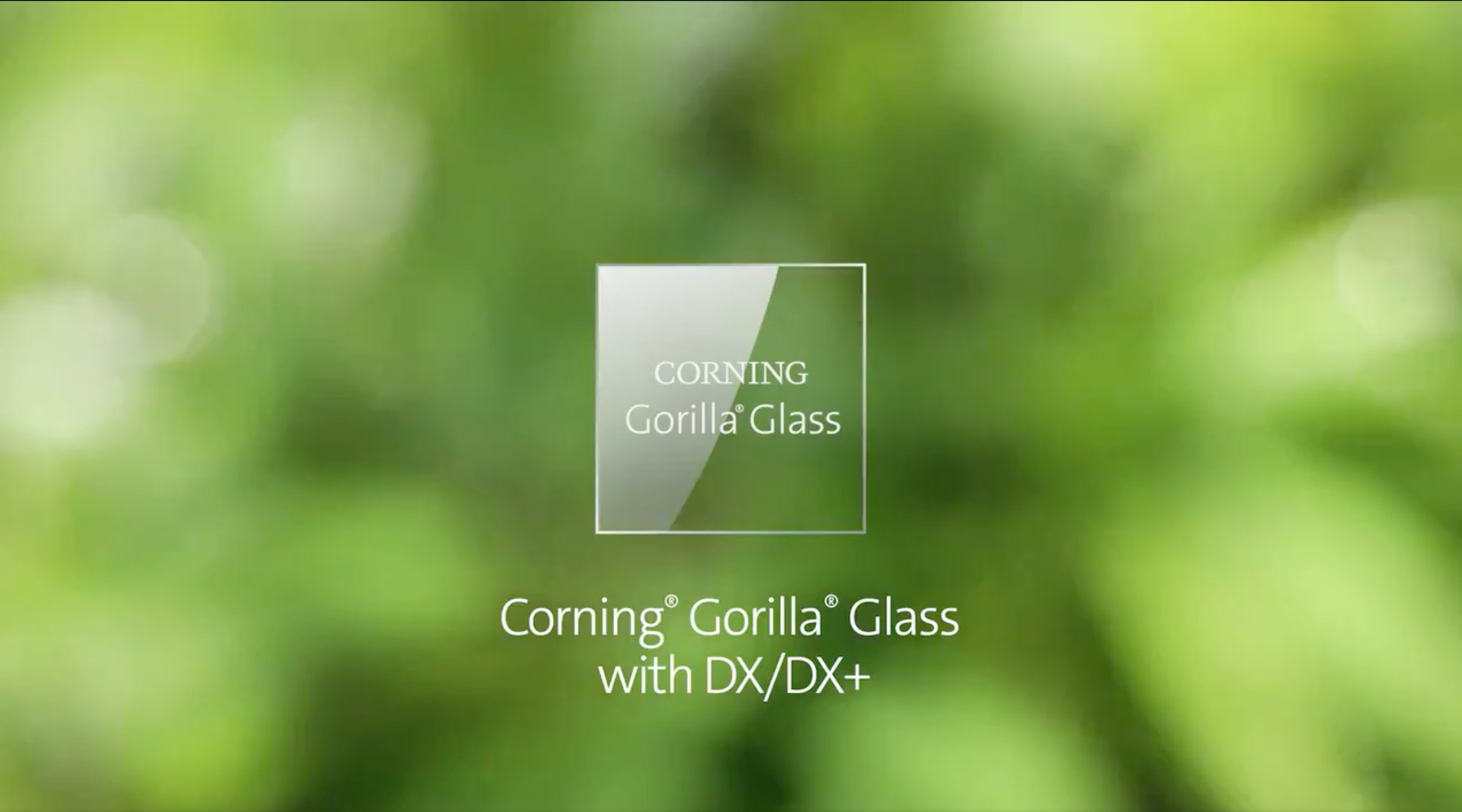
Corning’s new Gorilla Glass with DX to let phones take better pictures
It offers great protection against scratches and light reflection
The majority of modern smartphones boast a bunch of rear cameras, including a regular shooter, a telephoto one, and a wide-angle lens, amongst others. Most of these cameras are usually protected by a glass layer, which can scratch over time. When it comes to the front display panel, manufacturers have been using protective materials for a while, the most popular one on the market being Corning's Gorilla Glass. The latter is about to be featured on the back of some smartphones as well, protecting their camera lenses while ensuring they take high-quality photos.
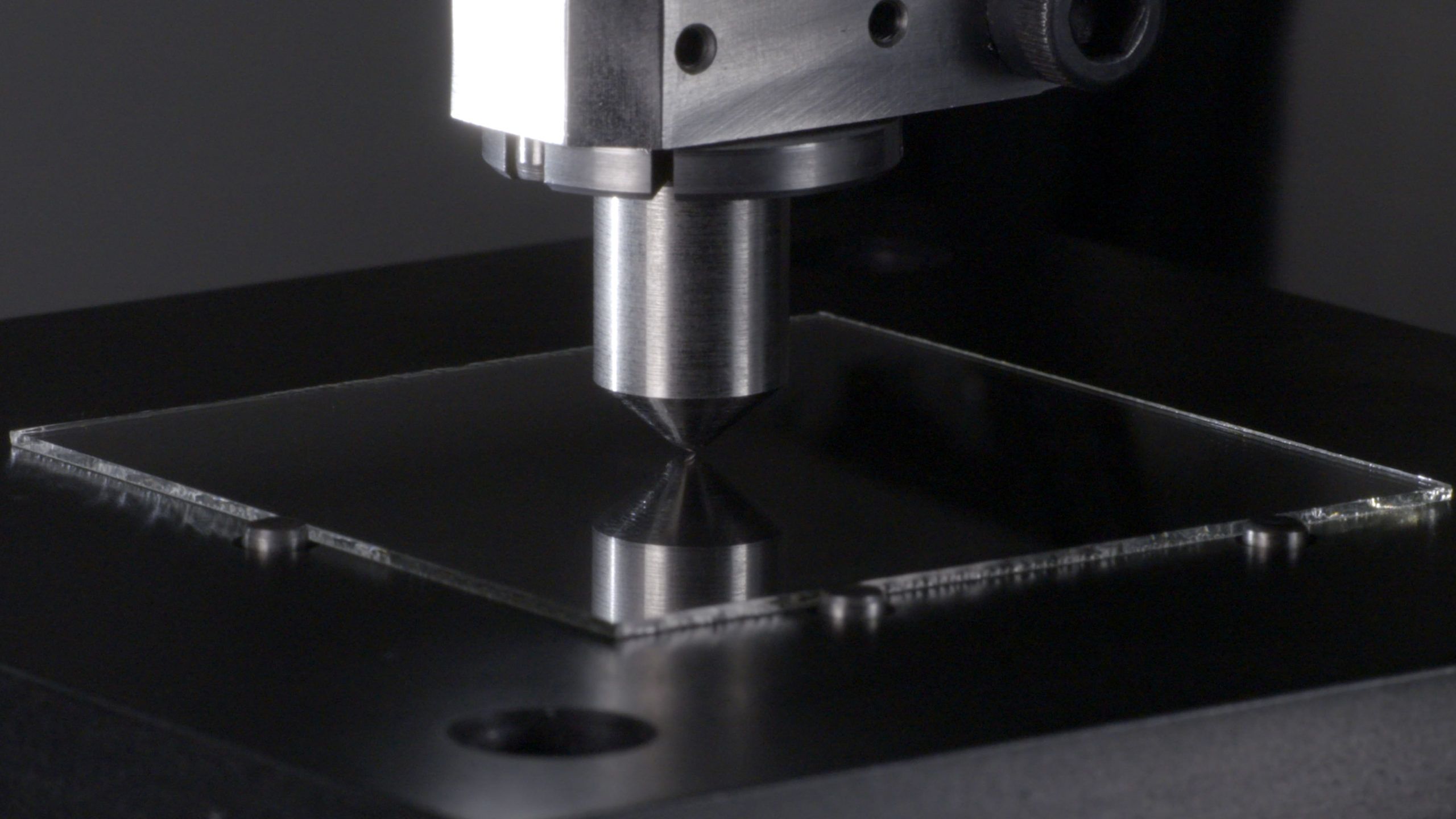
Corning announces Gorilla Glass Victus with improved shatter and scratch resistance
You'll probably still want to use a screen protector, though
Corning's Gorilla Glass has been around for years now, and it's become the de facto standard for smartphone displays. The company's last release was Gorilla Glass 6 in 2018, which focused on improving performance over multiple drops. Now it's time for the next evolution of the product, but instead of Gorilla Glass 7, it's being dubbed "Victus."
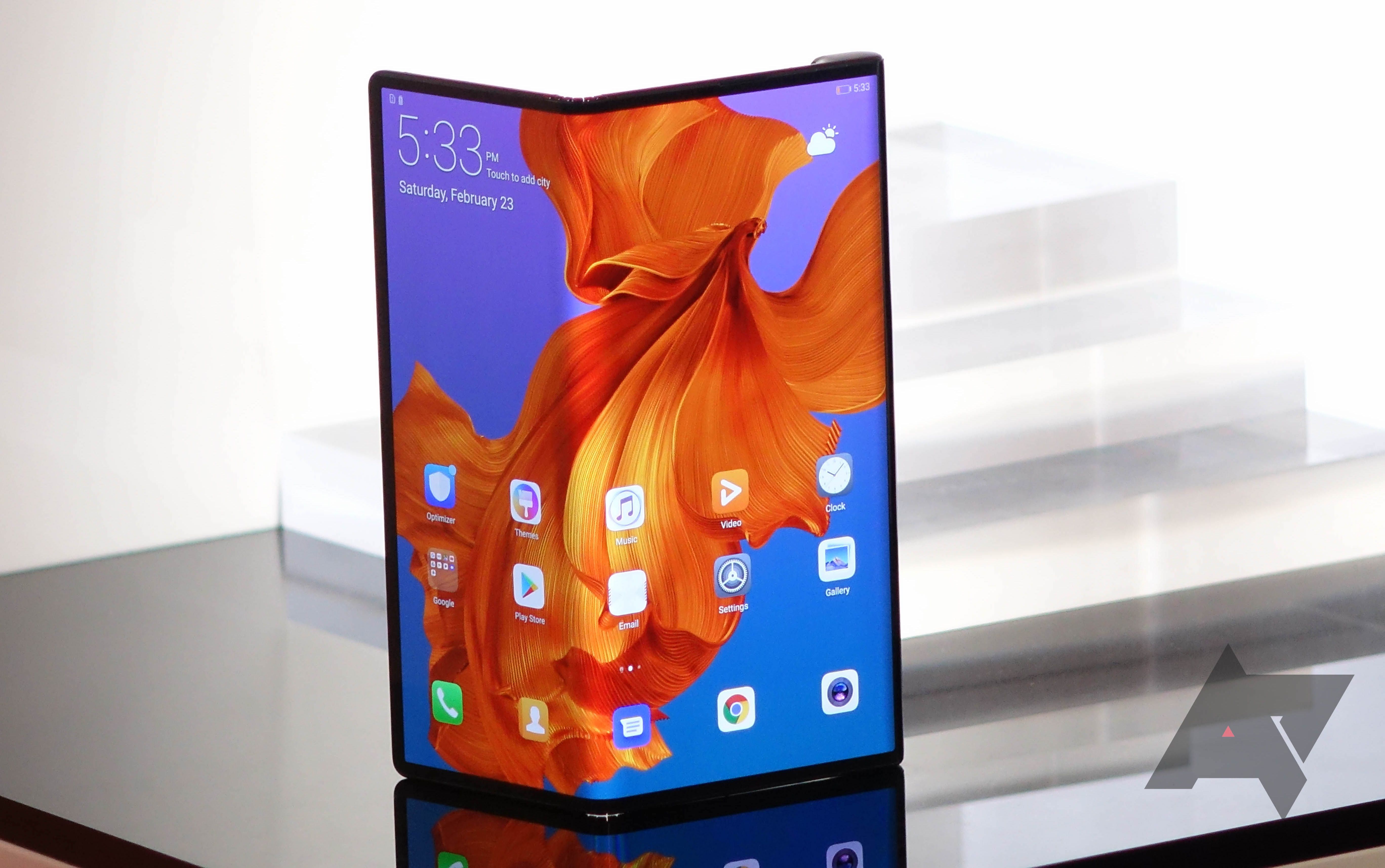
We had the chance to see foldable phones at MWC, and although they looked promising, they didn't seem quite ready yet. One of the reasons for this was the absence of glass to cover their flexible panels, which were instead housed in plastic polymers. Not only does this material feel cheaper, it's also a lot less durable and much more prone to scratches. Foldable devices may be different in a couple of years, though, as Corning, the maker of Gorilla Glass, is currently working on bendable glass to protect flexible screens.
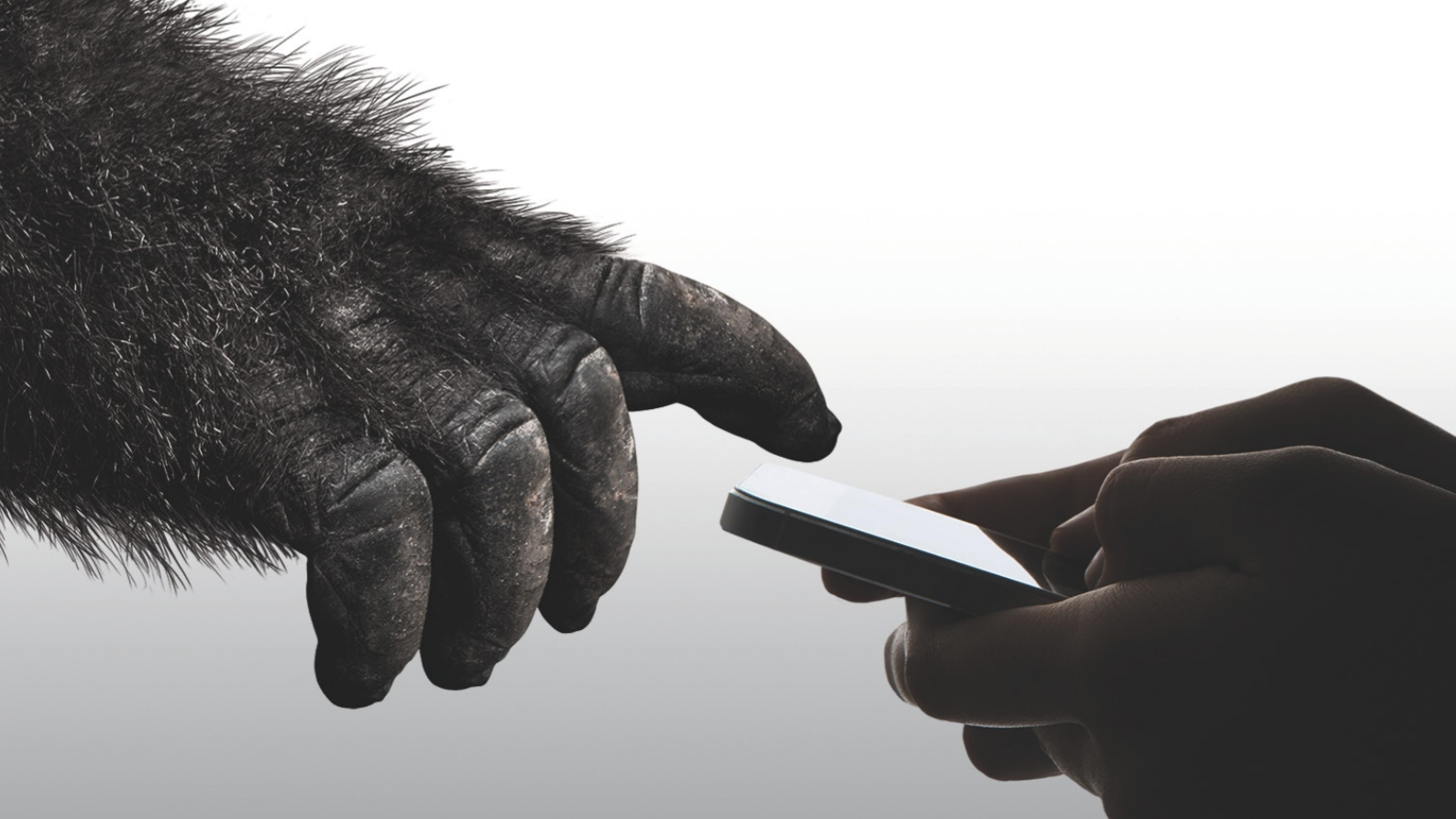
Corning announced the newest version of its ubiquitous Gorilla Glass today. Gorilla Glass 6 is, as you'd expect, the strongest iteration of the material to date, less likely to break than previous versions when dropped. The new glass was engineered not only to survive drops from greater heights, but also more drops over time, Corning says.
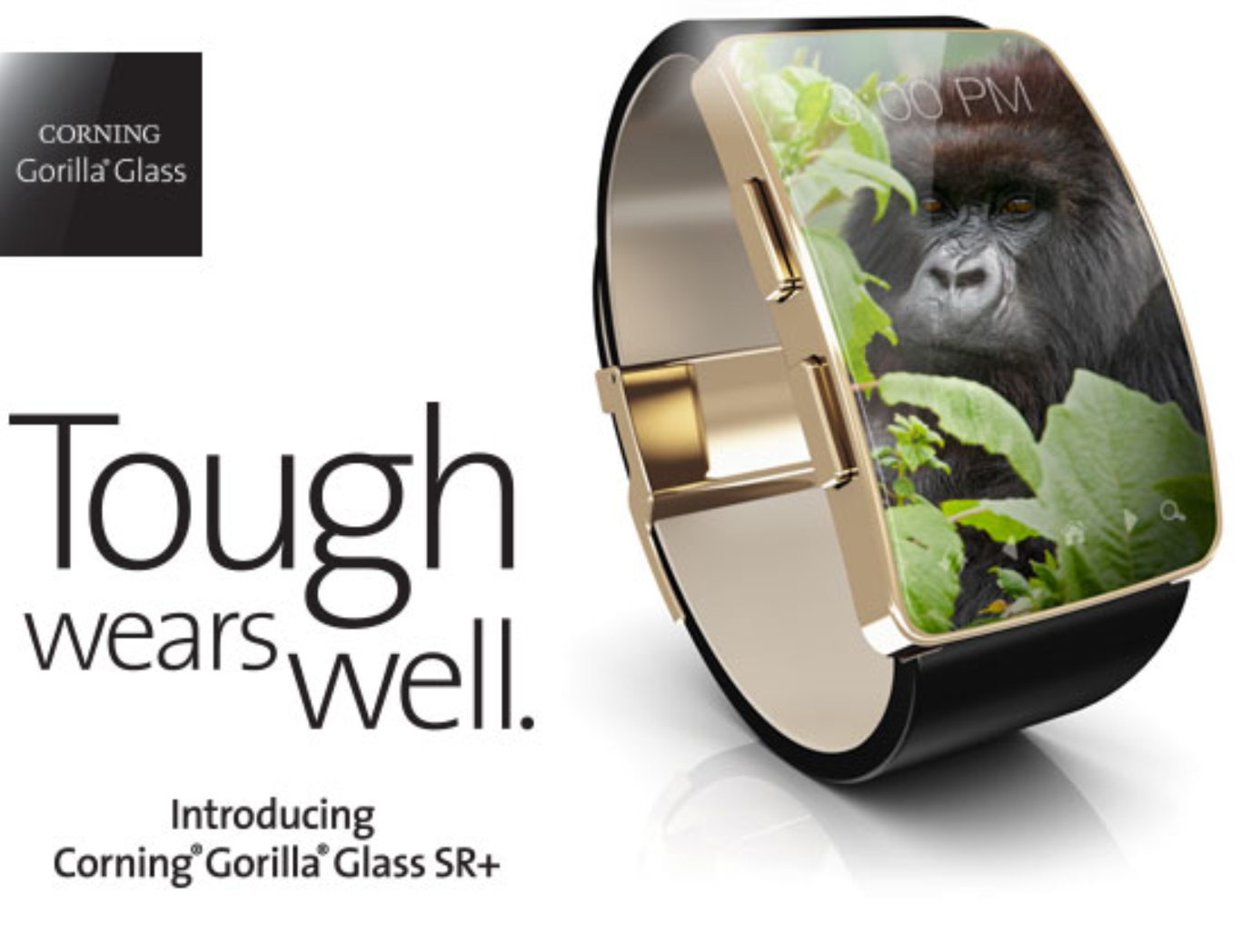
About a year and a half ago, Corning first announced Project Phire, a hybrid between Gorilla Glass and sapphire. The project aimed to bring Gorilla Glass's drop protection and sapphire's extreme scratch resistance together to create an extremely durable display glass. Now, the company has introduced Gorilla Glass SR+, the result of Project Phire's research, for wearable use.
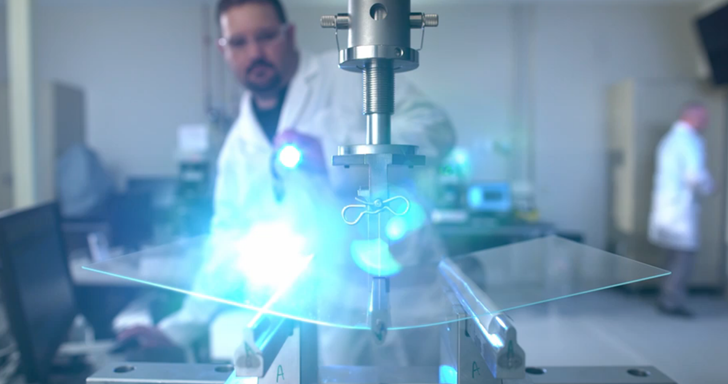
Corning announced today that the newest generation of Gorilla Glass, Gorilla Glass 5, is official. It will be available on devices starting later this year. The main improvement? Increased resistance to impact damage (i.e., shattering / cracking). That should mean that Gorilla Glass 5 will be the most drop-resistant version of the company's proprietary glass blend yet. How resistant is it? Corning's language is a bit... wishy-washy, but this is about as close as we get to a concrete (pun intended) statement on durability.
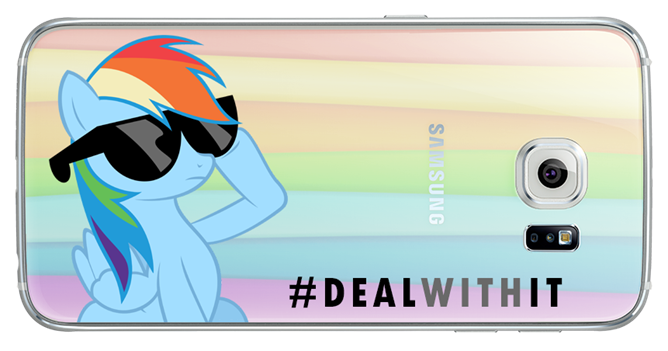
Who would have thought that glass would become so important to smartphone manufacturing that device makers would start putting it on both the front and the back of $700 devices? And the company that's making out like a bandit is Corning, the maker of the super-scratch-resistant "Gorilla" tempered glass that's now in a majority of premium phones. While Corning could probably rest on its laurels for a decade or two (at least until synthetic sapphire becomes a lot cheaper), its engineers are cranking out some new novelties for manufacturers to try.
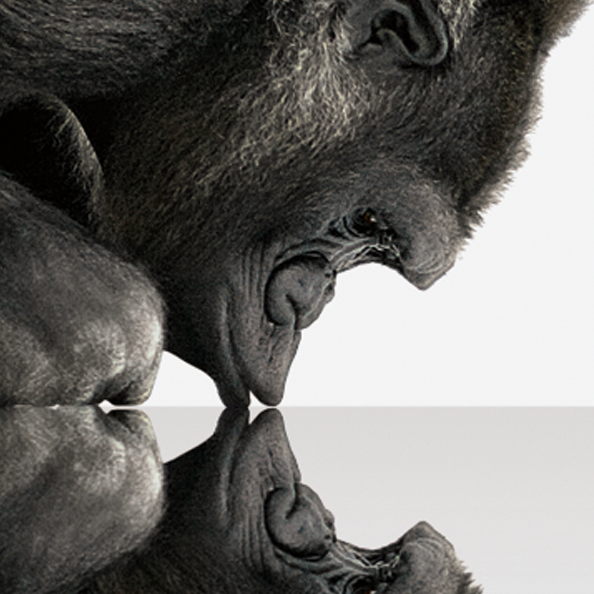
Doorknobs. Keyboards. Mobile electronics of all kinds. I'll take "things that are always covered in germs and crap, and which I really prefer not to think about" for $400, Alex. Yes, all the things you touch every day have a nasty habit of leaving gunk on your touchscreen phone - it's kind of part and parcel of the whole "touch" thing. But Corning wants to make you feel a little less gross when you think about that with its new version of the ubiquitous Gorilla Glass.

As a "new" company that caters almost exclusively to technology enthusiasts, OnePlus has been under the microscope ever since it announced its One flagship phone... with no small amount of criticism coming from this very website. But a string of recent posts on the official OnePlus forums prompted a response from the company's social team. Basically, customers accused OnePlus of shipping refurbished One phones and claiming they were new, a practice that isn't unheard of from consumer goods manufacturers and retailers of all sizes.

Odds are good that when you use a smartphone or tablet, you're touching Gorilla Glass. Since its debut in the original iPhone, Gorilla Glass has gone on to become the de facto standard for hardened glass on screens. Today the company is announcing Gorilla Glass 4, which it says is twice as durable as the competition.

What's that on your phone? Gorilla Glass 2? Psh, I guess that's alright for 2012, but Corning is about to make 2013 one whole digit more durable with Gorilla Glass 3. As is the tradition, Corning will be on hand at CES with Gorilla Glass 3 samples for the assembled press to beat up as a demonstration of its durability. How durable is it? Corning thinks it's pretty alright.
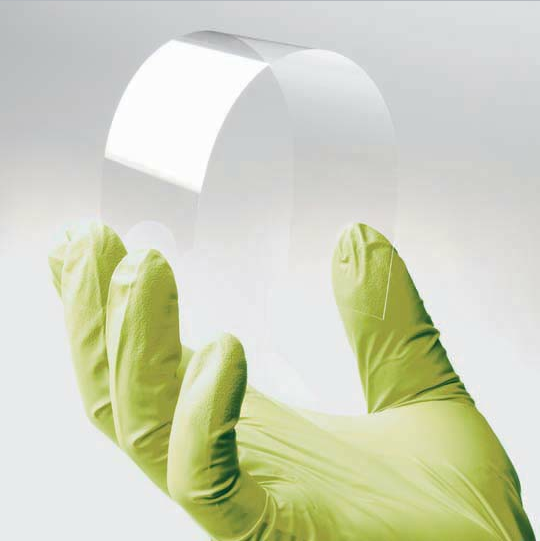
Flexible displays are a great idea. Without flexible glass to go with it, though, some applications still remain difficult. Thankfully, Corning, the company behind Gorilla Glass (otherwise known as "the only type of glass you know by name"), has introduced a new flexible glass called Willow Glass. This new material is slim and strong, though we'd expect nothing less from Corning. The product will also allow manufacturers to pursue roll-to-roll processing which, if you're familiar with materials processing and manufacturing, you know is a very big deal. If you're not, here's the short version: it makes things cheaper.
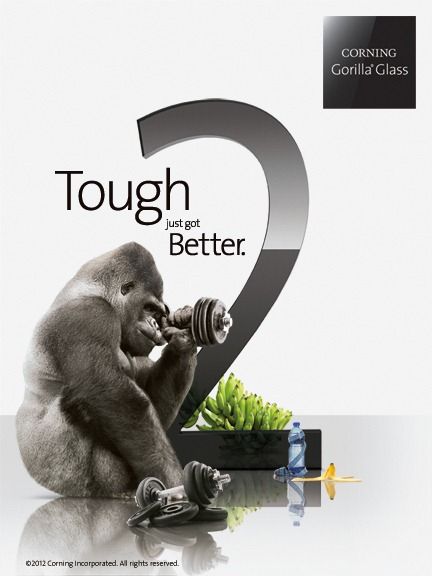
It seems that Corning is gearing up for an exciting CES this year (which is just a few short days from beginning), publishing a news release earlier today which details the glass giant's plans for the world's largest consumer technology tradeshow.





